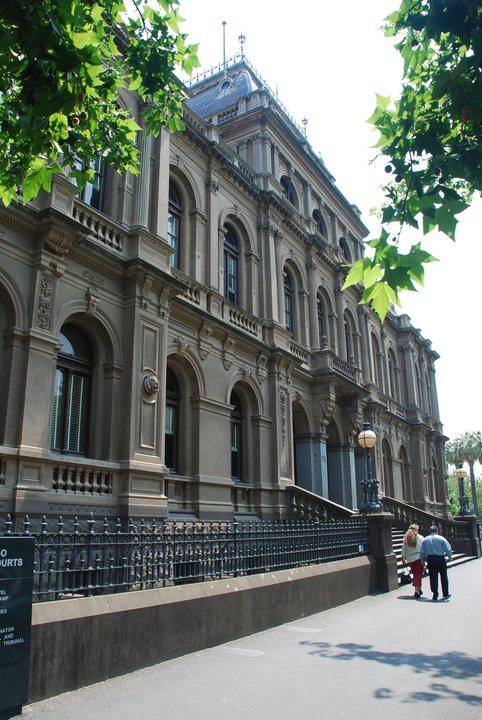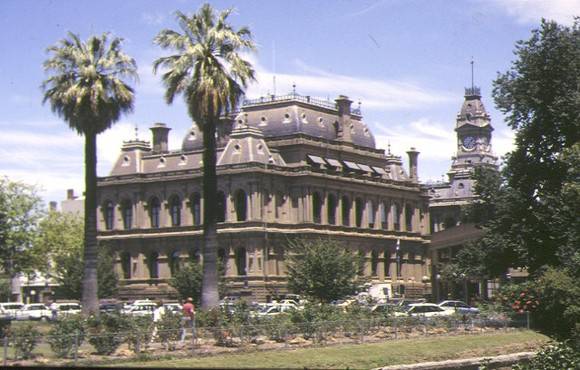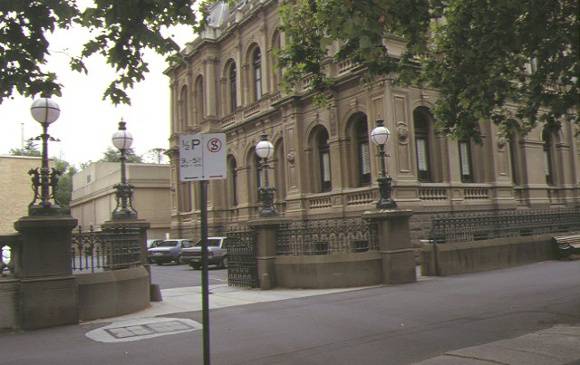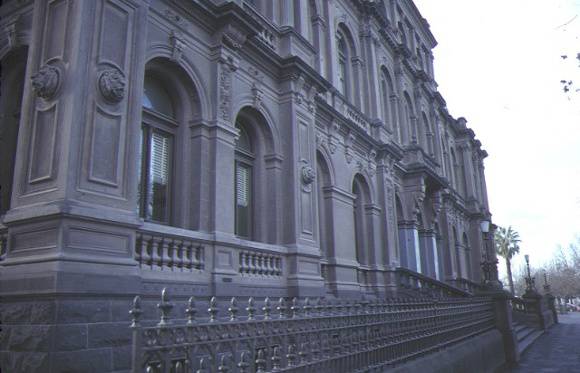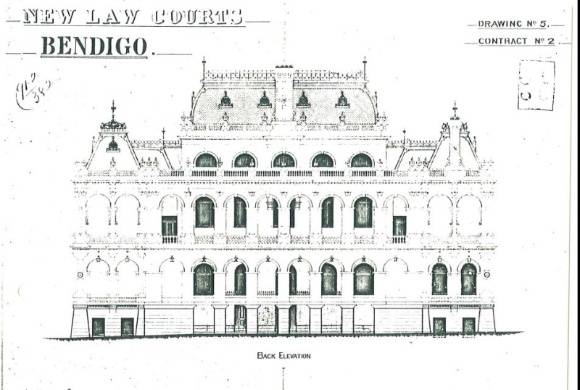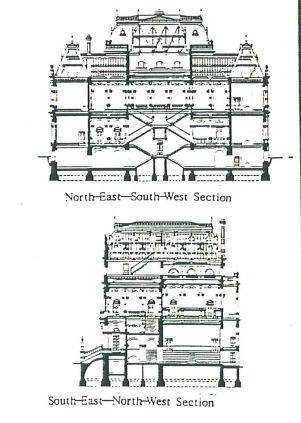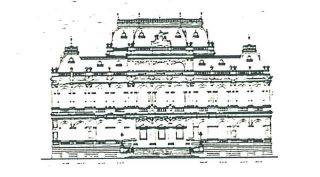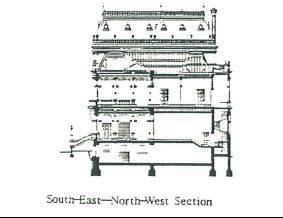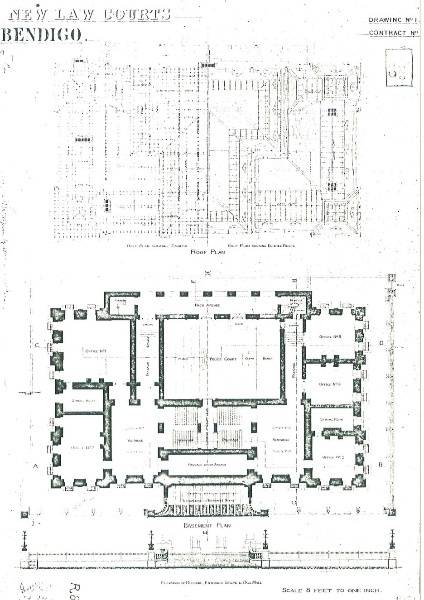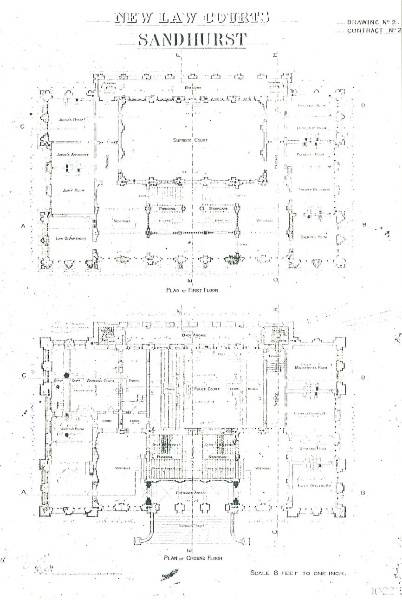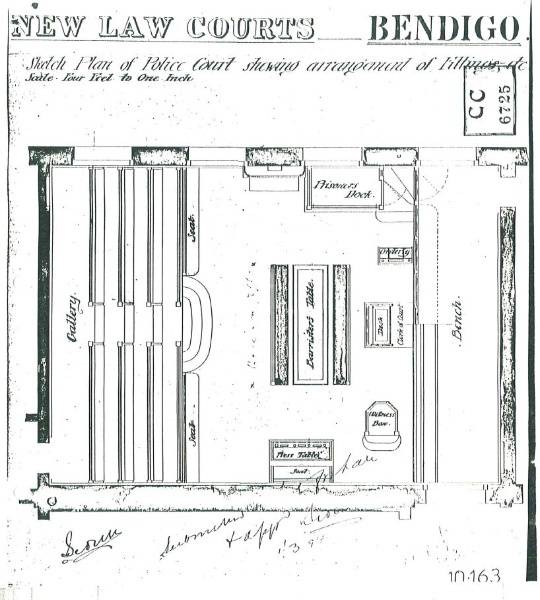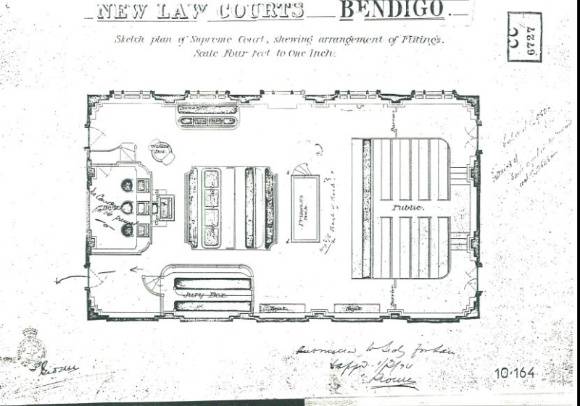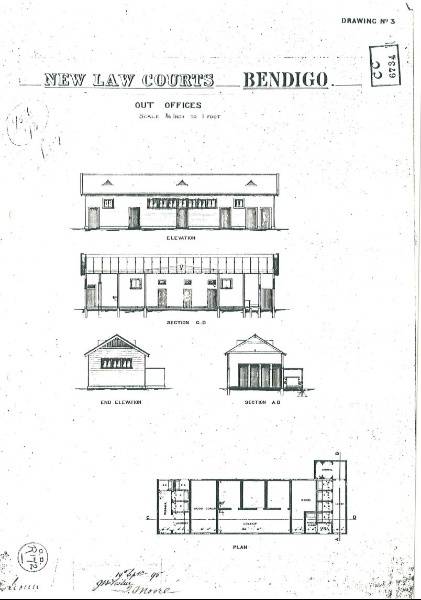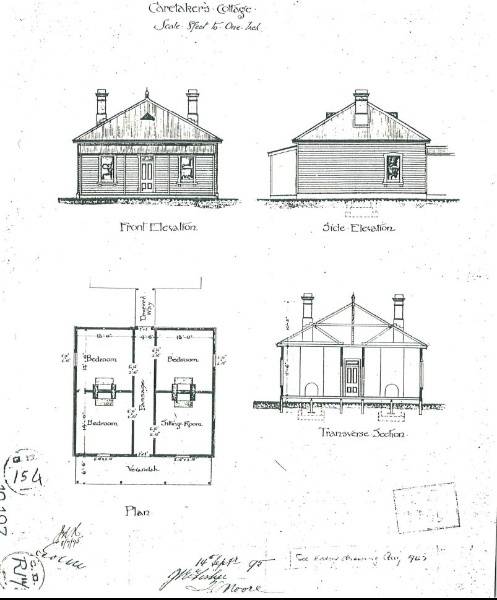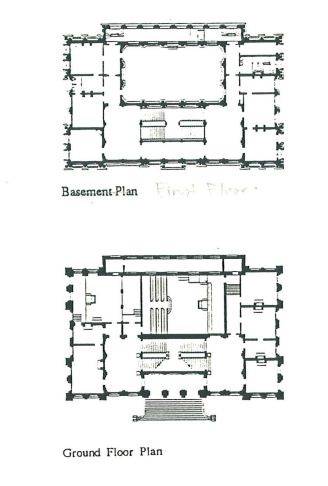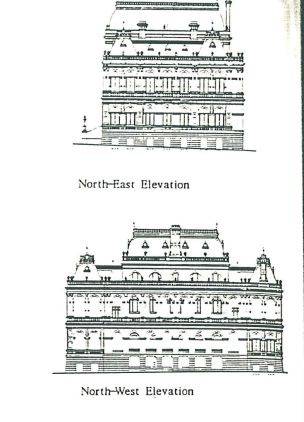| Back to search results » | Back to search page » |
|
LAW COURTS
Statement of Significance
What is significant? The Bendigo Law Courts building was designed by the Victorian Public
Works architect George W. Watson in the Victorian Second Empire style
and built in 1892-96 by contractors McCulloch and McAlpine.
Reminiscent of an Italianate palazzo, the exterior of this extravagant
stuccoed masonry building with bluestone base features mansard roofs,
dormer windows, and facades with arcuated systems of openings,
superimposed piers and Corinthian pilasters. The courts and vestibules
are flanked on either side by rooms for the jury, judge, witnesses,
barristers, prisoners, sheriff, and other court officials. Access for
the judge and prisoners is from the rear. The public enter through
grand vestibules on either side of a central stone staircase which
leads to the Supreme Court on the first floor. The major visual
alteration to the building occurred during the 1950s when the central
statuary group and flanking urns were removed from the upper parapet
due to deterioration of the cement and wrought iron dowels. Today, the
building continues its original function, and houses Magistrates,
County and Supreme Courts. It is a dominant feature of Bendigo's
historic precinct of public buildings designed in similar style, among
which is the Bendigo Post Office which Watson designed ten years
before the Law Courts. How is it significant? The Bendigo Law Courts building is of historical, architectural and
aesthetic significance to the State of Victoria. Why is it significant? The 1896 Bendigo Law Courts building is historically significant as a
major work of the Victorian Public Works Department and of architect
George W. Watson (1850-1915), who was Chief Architect in the
Department between 1910 and 1915. It is also historically important
for its continuous association with the legal process in one of
Victoria's biggest inland centres over the past 100 years. Bendigo Law
Courts is historically important for the physical exuberance and
magnificence of the building which illustrates Bendigo's transition
from mining town to a prosperous, permanent metropolis built on the
wealth of gold. The building is also historically important for
housing an extensive collection of nineteenth and early twentieth
century furniture and fittings, much of which has been identified as
part of the original building. Bendigo Law Courts is architecturally significant for its rarity in
Victoria as an example of the French Second Empire style of
architecture applied to a building used exclusively for the
administration of justice. Of ten justice buildings erected in this
style in Victoria between 1875 and 1896, Bendigo Law Courts is the
only one of these that was not combined with other buildings (e.g.,
post offices, municipal offices, and police stations). Bendigo Law Courts is aesthetically significant for its high
qualities of design and construction, which are reflected in the
building's innovative planning, axial expression, carefully
proportioned hierarchical spatial arrangement, internal decoration,
fittings and refined detailing.
Group
Law Enforcement
Category
Law Court


